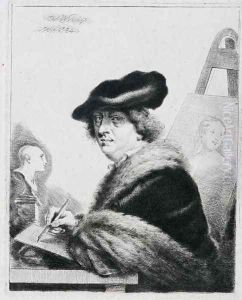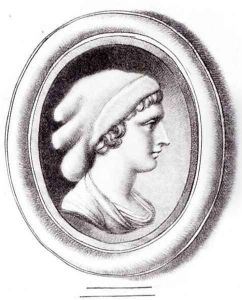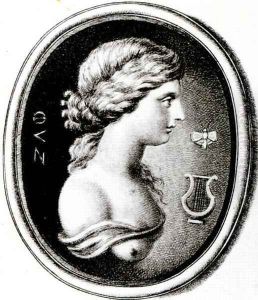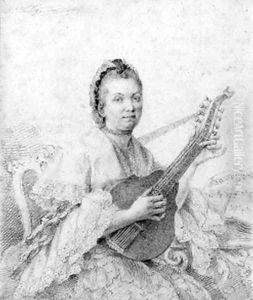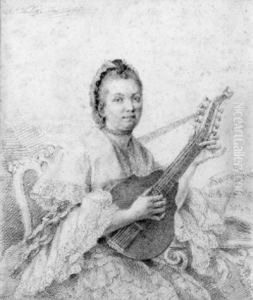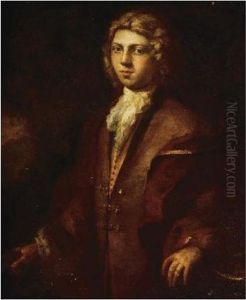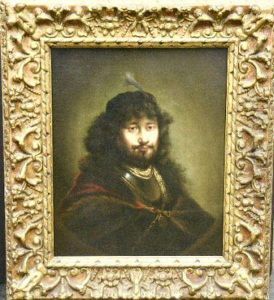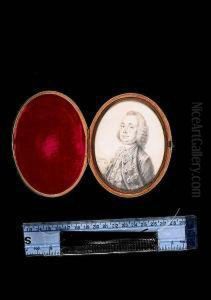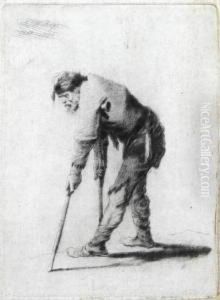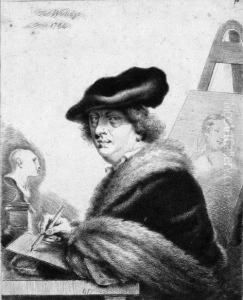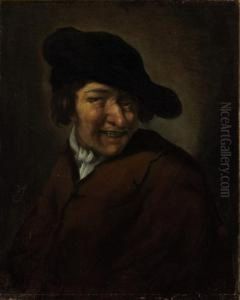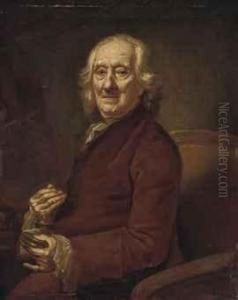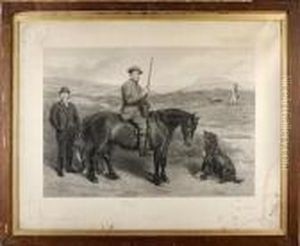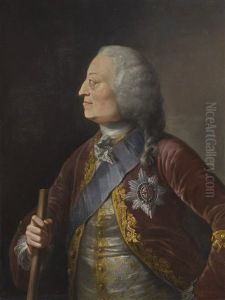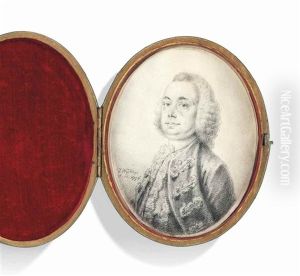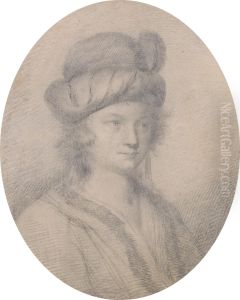Thomas Worlidge Paintings
Thomas Worlidge, born in Peterborough, England, in 1700, is often celebrated as a pivotal figure in 18th-century British art. Initially trained under the guidance of Alessandro Maria Grimaldi, his career took a significant turn upon his move to London. In the vibrant art scene of the capital, Worlidge immersed himself in the study of etching and miniature painting, skills that would come to define his artistic legacy.
Worlidge's fascination with the works of Rembrandt deeply influenced his artistic style. He meticulously studied Rembrandt's etchings, adopting the Dutch master's technique and attention to detail. This admiration for Rembrandt is evident in Worlidge's own etchings, which often mirrored the emotional depth and intricate line work of his idol.
Beyond his etchings, Thomas Worlidge was also renowned for his miniature portraits, a genre that gained him considerable fame and clientele during his lifetime. These miniatures, often executed in graphite or watercolor, showcased Worlidge's exceptional ability to capture the essence and personality of his subjects in a diminutive scale. His skill in this genre earned him the nickname 'the English Van Dyck,' a testament to his mastery in portraiture.
Worlidge's contributions to the art world extended beyond his personal creations. He was an integral part of the artistic community in London, frequently engaging with contemporaries and participating in the intellectual and cultural exchanges that shaped the period's artistic discourse.
Thomas Worlidge's death in 1766 marked the end of a career that had significantly impacted the British art scene. His legacy, however, lives on through his extensive body of work, which continues to be celebrated for its technical prowess and emotional depth. Worlidge's dedication to his craft and his innovative approach to etching and miniature painting have cemented his place as a key figure in the history of British art.
